How to grow Clethra
Also known as summer sweet or white alder, clethra is a shade-dwelling flowering shrub from woodland and swamps mainly in North America and East Asia. It can be deciduous or evergreen depending on the species, and is grown for its upright racemes of fragrant flowers which can be white, pink, or pale yellow. These appear towards the end of summer when few other shade-loving shrubs are in bloom, making clethra a valuable inclusion in a woodland garden.
While there are more than 60 species of clethra, the most widely cultivated is Clethra alnifolia, a compact, hardy, deciduous species from eastern USA which gently spreads via suckers. Popular cultivars include Clethra alnifolia ‘Pink Spires’, which is red in bud, opening to pink then fading to white; and Clethra alnifolia ‘Sixteen Candles’, which produces masses of creamy white flowers.
Don’t panic if your clethra is still bare in mid spring – deciduous species are notoriously slow to show signs of life, with leaves often not appearing until May.
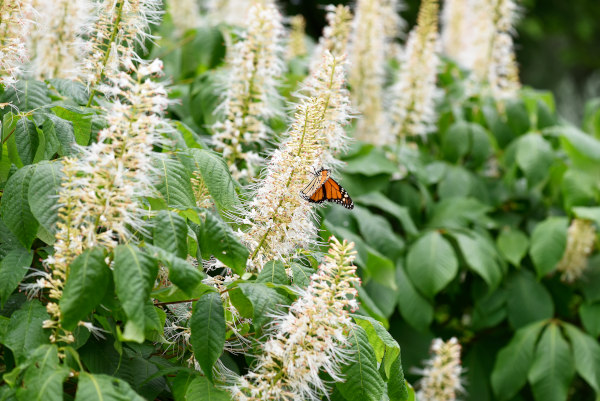
Zantedeschia is a genus of flowering plants from the family Araceae and is native to southern Africa. With a rich history dating back to the Ancient Romans, these deciduous or semi-evergreen perennials have been used as a symbol of celebration. Zantedeschia was Named after Professor Giovanni Zantedeschia, an Italian botanist.
There are two main forms of Zantedeschia: hardy and tender. Hardy forms of the plant can be grown outdoors, enjoy moist soil and full sun or partially shaded conditions - these are known as Arum lilies. Tender forms of Zantedeschia prefer being grown in containers or pots and should be brought inside over the winter - these are known as Calla lilies.
With tuberous flora in all colours from whites, yellows and oranges to deep reds and purples, Zantedeschias are not to be overlooked in any garden, as long as they have sufficient sunlight to grow in.
Ready to learn more about growing Zantedeschia? Read on for all there is to know...

Key Information
Soil pH
Position
Hardiness

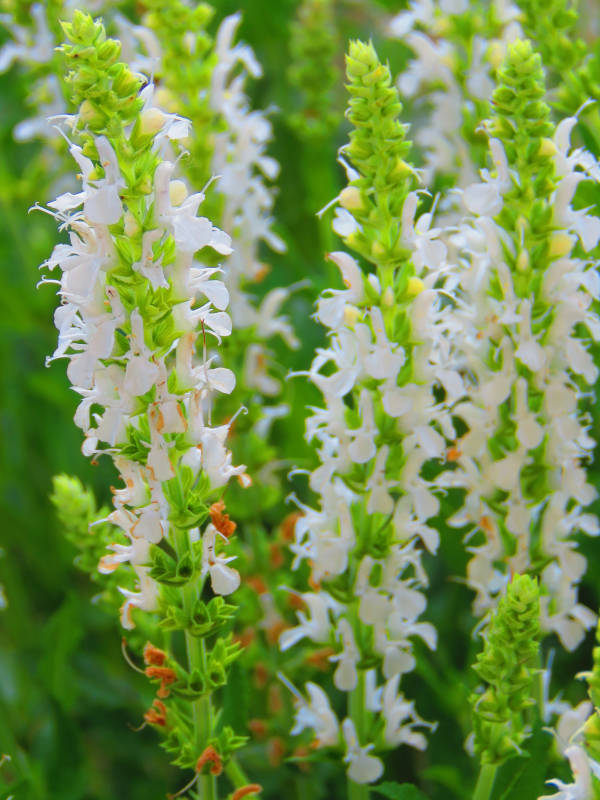
Where & when to plant Clethra
Position - Full sun to full shade, depending on the species
Soil - Most prefer humus-rich, moist, well-draining soil, however will grow in almost any soil except for the extremes of very wet or very dry. Acid, alkaline, or neutral.
Flowering Period - Spring/ summer depending on the species
Hardiness - hardiness can vary depending on the species
For best results, plant in autumn or spring. An autumn planting can be done by those gardening in mild conditions (and broadly speaking, this is the southern half of the UK). For those liable to cold winters, it is best to wait until spring (generally the northern half of the UK). Planting can also be carried out in summer, though be prepared to water regularly. It is worth noting that biennial species flower in their second year, so, depending on when you buy and plant them, may not flower until the following growing season. If you want your digitalis to self-seed and bloom in the garden every year, you will need to plant new plants two years running.
Most species of digitalis are tall and imposing, so suit the middle to back of a border. Traditionally they have been a favourite in informal, cottage garden style schemes or woodland gardens, though fit equally well in more contemporary styles, particularly some of the more unusual species and cultivars. While they grow best in the ground, digitalis may also be grown in a container. Try some of the dwarf forms for this, such as D. ‘Dwarf Carillon’, D. ‘Goldcrest’, or D. ‘Silver Cub’.
How to plant Clethra
- For planting in the ground, dig the soil area removing any large stones and weeds and breaking up any lumps. Mix in some organic matter with an acidic pH, such as ericaceous compost, composted pine needles, or leaf mould. Rake level and firm with your heels. Rake level again.
- Water plants well and allow to drain before planting.
- Dig a hole twice the size of the root-ball.
- Place the plant in the hole, ensuring the top of the root ball sits level with the surface of the soil. It is important not to plant azalea too deeply as they are surface rooting.
- Backfill with soil and firm in gently with your foot.
- Soak well with water.
- Mulch around the base with ericaceous compost, composted pine needles, or leaf mould.
- For planting in containers, first choose an appropriately sized pot. The best practice is to start just a few centimetres larger than the rootball and increase in size every year or two. Always ensure there are plenty of drainage holes in the bottom.
- If you are using a large or heavy pot, it can be a good idea to fill and plant it in situ to save yourself the trouble of moving once full.
- Use a ericaceous compost with plenty of horticultural grit mixed in, and, if not already present in the compost (check the description on the bag) some slow-release ericaceous fertiliser granules.
- Start by partially filling the pot with compost; enough so that when placed on it the upper surface of the root ball is about 3cm lower than the top of the pot.
- Infill all the space surrounding the root ball with compost, firming down with your fingers then adding a little more so the plant is held tight.
- Pick up the pot (if you can!) and lightly tap on the potting bench or ground a few times to help further settle the compost around the plant.
- Soak well with water.
- A mulch with horticultural grit will look attractive and help to prevent a ‘cap’ or crust forming on the top of the compost (something container plants can suffer due to the artificial nature of their watering).
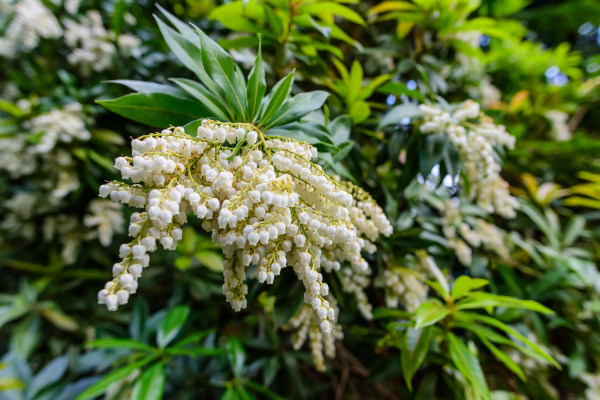
What to plant with Clethra
If you have the acidic conditions needed to grow clethra, a whole range of spectacular acid-loving garden plants is at your fingertips. Camellia, hydrangea, enkianthus, physocarpus, hamamelis, azalea, and vaccinium are just a few trees and shrubs to get you started. For a lower storey of perennials at ground level, try lithodora, liriope, ophiopogon, and stokesia.

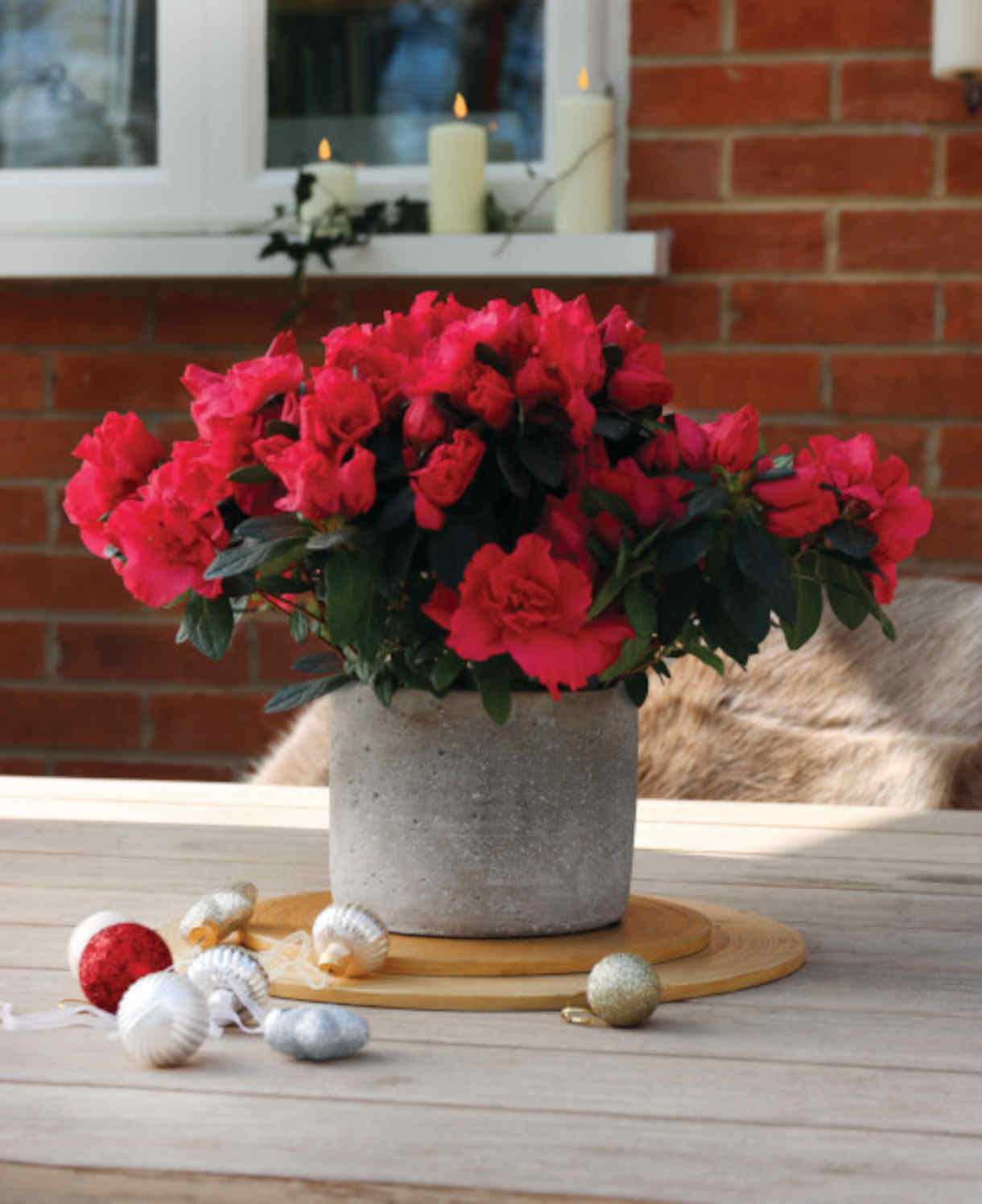
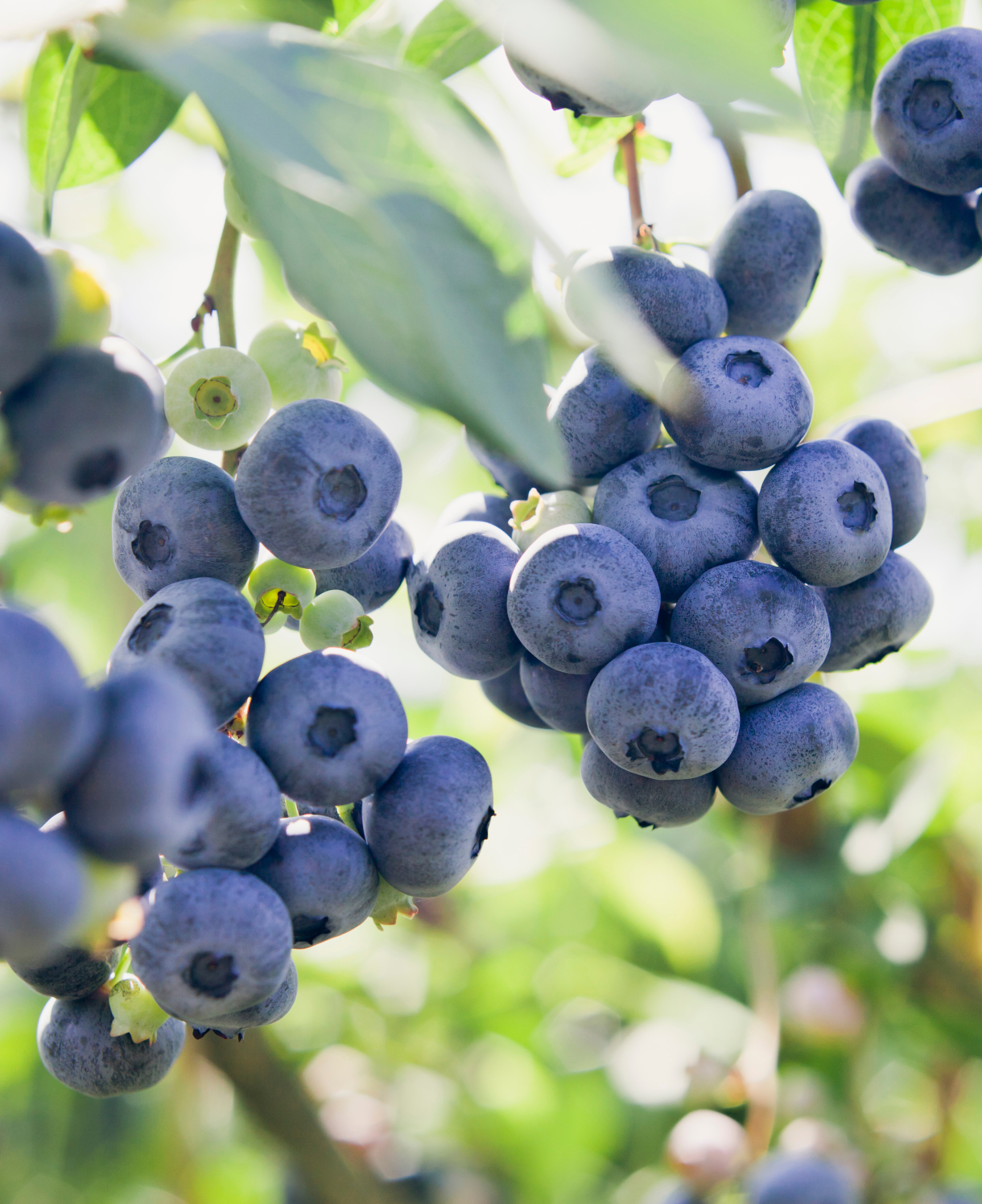
How to care for Clethra
Pruning and Deadheading
To keep Clethra alnifolia looking tidy, prune out some of the older wood from the base during winter, leaving the strongest suckers as replacement growth. Remove any unwanted outer suckers if you wish to control spread.
Watering
Clethra is a naturally thirsty plant and does best where soil moisture levels remain consistent. It’s therefore important to keep on top of regular watering throughout the growing season, especially during its first couple of years in the ground.
As for all acid-loving plants, rainwater from a butt is best as tap water can contain calcium which increases soil alkalinity over time (though is better than nothing if this is all you have available). Aim for consistently moist but not soggy soil/ compost, bearing in mind that container-grown shrubs can need watering as often as every day during very hot, dry weather.
From mid-autumn, the British climate tends to take over watering needs, though do remember to step in in the event of an unseasonably dry spell. Clethra will struggle if allowed to dry out at any point.
One final point re. watering is the importance of an annual spring mulch (see next section), which can make a huge difference in locking moisture into the soil.
Feeding
To get it off to the best possible start, feed clethra during its few years in the ground, with a ericaceous feed applied to the surface of the soil and lightly worked in (known as a ‘top dress’). This is best done in late winter to early spring, followed by a mulch of acidic organic matter, i.e., a layer of ericaceous compost, composted pine needles, or leaf mould applied to the soil around the plant. This has the added benefit of suppressing weeds and locking in moisture.
Once your clethra is well established, an annual mulch should provide sufficient nutrients, however, apply a top dress as above if ever you feel an extra boost is needed.
Container-grown plants rely even more on the gardener for nutrition. Start by making sure you use a good quality ericaceous compost, then from March to September apply an ericaceous liquid feed every two to four weeks.
Remember also to repot your clethra every few years, going up slightly in pot size and using fresh, ericaceous compost containing ericaceous feed. Once the plant reaches full size an annual top dress is advisable: each spring, scrape off the top 5cm of compost and replace with fresh.
Cold Protection
Clethra alnifolia is hardy enough to withstand winter in the UK without the need for additional protection, though like all plants it can be more susceptible to the cold when grown in a container. If you garden in a cold or exposed area, it can therefore be worth wrapping the base in hessian, fleece, or bubblewrap to insulate the roots. This also protects the pot from frost damage.
Pests and Diseases
Clethra is considered trouble free.
How to propagate Clethra
Take softwood cuttings in summer, using the soft, pliable tips of new, non-flowering growth.
- Snip cuttings off the plant, if possible taking a longer piece than the ideal eventual length of around 10cm (to allow for trimming).
- Put them in a plastic bag straight away to prevent drying out.
- Fill several pots with a well-draining compost mix.
- Trim the end of the cutting to just below a node (point at which leaves grow).
- Remove lowest leaves and soft tip, leaving 2-4 leaves.
- If the remaining leaves are large, cut them in half with a sharp knife (to reduce water lost through transpiration).
- Insert the cuttings into the compost and water lightly. Several cuttings can be put in the same container if there is enough space to do this without them touching.
- Place in a greenhouse or propagating unit if you have one or covered with a plastic bag on a windowsill if not (out of direct sunlight).
- Keep the cuttings misted and occasionally watered until they root. You will know this has happened when roots emerge out of the bottom of the container.
- Gently remove rooted cuttings and pot them into individual pots. Grow on in a cool yet frost-free environment such as an unheated conservatory, greenhouse, or cold frame, until they are large enough to be planted out.
* Many plants carry Plant Breeders Rights and cannot be propagated for commercial purposes.
Common Clethra questions
How long does clethra live?
In our climate clethra tends to last 20 to 25 years, making it a relatively short-lived shrub. Take cuttings after around 15-18 years to ensure you have decent sized replacements waiting in the wings.
Is clethra beneficial to wildlife?
Yes, its fragrant flowers provide a valuable source of nectar for many pollinators, particularly butterflies.
Is clethra invasive?
Clethra spreads slowly via suckers. If not wanted, these can easily be removed each winter.
What other species of clethra are there?
barbinervis is another hardy, deciduous species, from China and Japan. It is slightly larger than C. alnifolia and has attractive, peeling bark. It remains more of a collector’s item at present but may take off in the future!
C. arborea (lily of the valley tree) is a particularly lovely evergreen species. Originating from Madeira it struggles to cope with a UK winter, though can be grown as an indoor plant.





